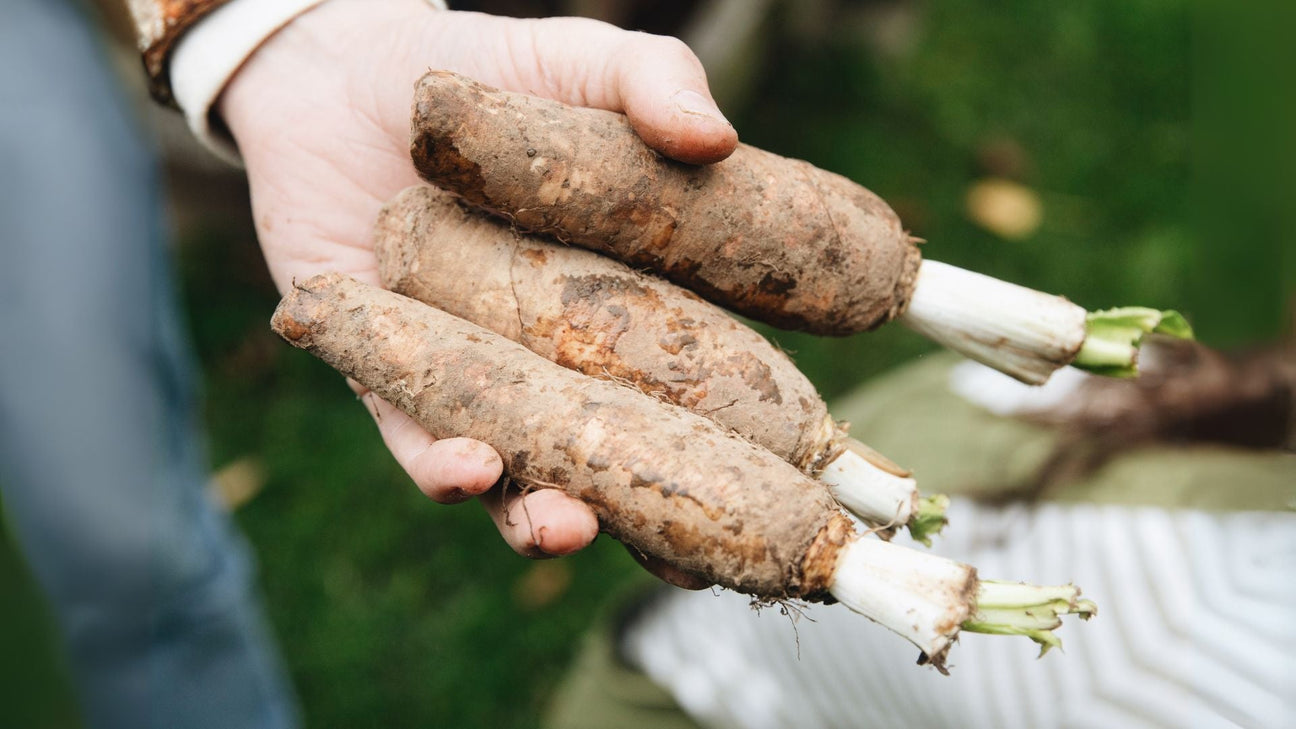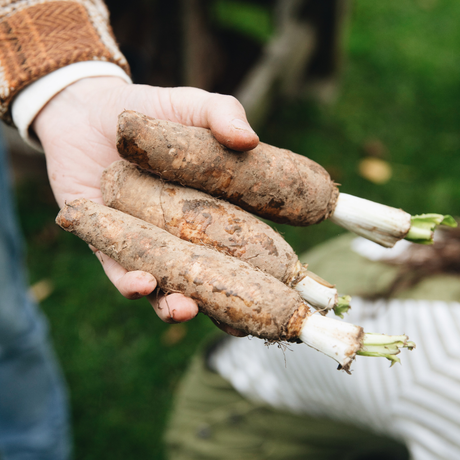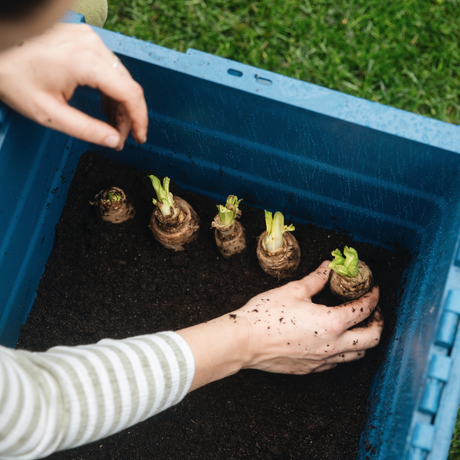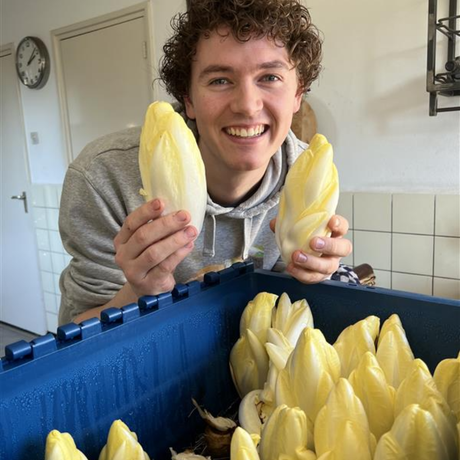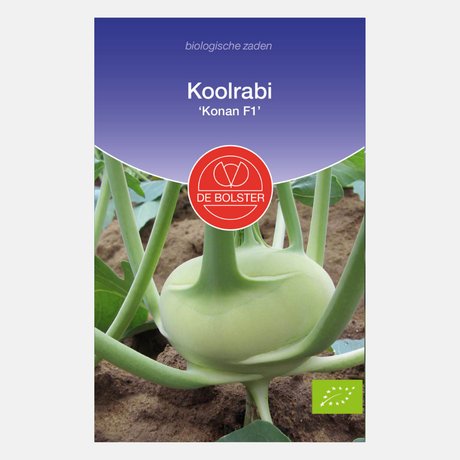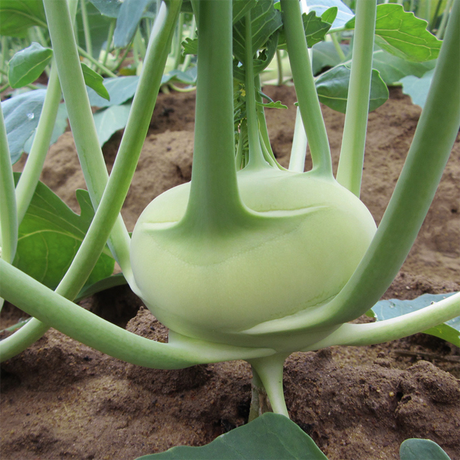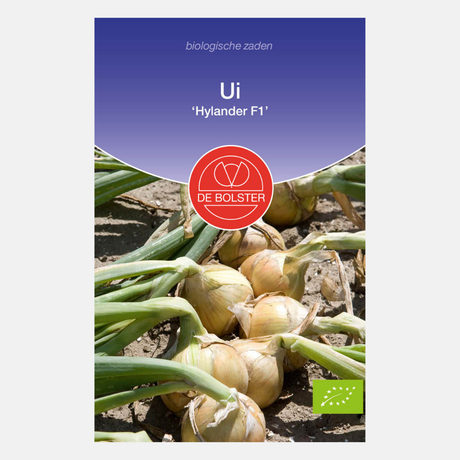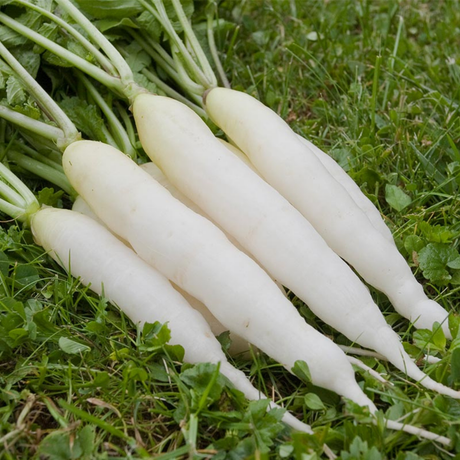- €19,79Unit price /Unavailable
- Our favorite
Chicory growing set - Growing tray and 50 chicory roots
€59,40Unit price /Unavailable - From €11,86Unit price /Unavailable
- €56,42Unit price /Unavailable
- From €39,62Unit price /Unavailable
Chicory in pictures
In this first of five videos, Tom shows you how to grow chicory roots.
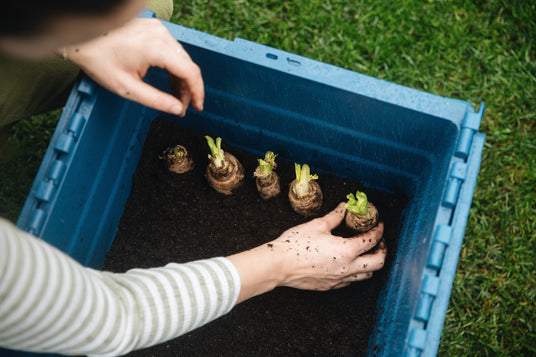
Read our growing guide about growing chicory.
You may also like
View allBuy Chicory Roots: Grow Your Own Winter Delicacy
Belgian endive, also known as witlof or chicory, is a popular vegetable that appears mainly on the table during the winter months. Belgium is known for its authentic Belgian endive roots and rich tradition of Belgian endive cultivation. You can start Belgian endive by sowing: sow Belgian endive seeds in the open ground in a suitable location, such as a garden or a greenhouse. Belgian endive roots should be harvested 110 to 130 days after sowing for best results. Note: the roots should not be too thin, as thicker roots ensure better growth and quality. Note: Belgian endive can suffer from slime rot, which is recognizable by dead and brown spots on the roots. Check the roots regularly to prevent this. Sowing is usually done in the summer and harvested in the fall. The harvest time for Belgian endive roots is usually between November and February.
With chicory roots from Plukkers.com , you can easily grow your own chicory, even indoors. You can grow chicory roots indoors, for example, in the cellar or a dark corner. It's important to prepare the roots properly before you start growing: remove any remaining chicory from the roots for optimal growth. First, sow the chicory seeds to grow the roots, after which these roots are used for forcing chicory in dark spaces. After forcing, comes the step of forcing the chicory: allowing the heads to grow slowly and carefully in the dark to maintain optimal quality and flavor. Pay attention to the height of the heads as they grow, as this indicates their development. These roots are specially selected for forcing chicory in dark spaces, so after a few weeks you can enjoy fresh, home-grown chicory heads. With the right approach, you can obtain beautiful, firm heads of chicory that are firm and well-formed. Fill a container or bucket with soil before placing the roots; Additional steps or materials are usually not necessary, as covering doesn't have to be complicated. Chicory roots often need to be harvested before use, with cold shock providing the best results. Chicory can also be grown in a greenhouse to accelerate growth; this is usually the recommended location for a faster harvest.
Why choose chicory roots from Plukkers.com ?
- Quality : The chicory roots have been carefully selected and have undergone a cold period, making them immediately ready for use.
- Ease of use : The chicory is usually trimmed to a length of about 2 to 3 cm above the root before planting. After trimming the chicory, the roots are ready to be planted in a dark, cool place. This allows you to use the optimal planting method for a successful harvest.
- Flexibility : Suitable for cultivation with or without covering soil, both indoors and outdoors.
- Sustainability : By growing your own chicory, you contribute to sustainable food production and reduce food waste.
Recommended chicory pens from Plukkers.com
-
Chicory roots +/- 50 pieces
A selection of approximately 50 chicory roots, packed in a mesh bag. Ideal for the enthusiastic grower who wants a larger harvest. - Chicory roots 20 pieces organic
100% organically grown chicory roots, packaged in packs of 20. Perfect for the conscious gardener who values organic products. - Chicory growing set - Growing tray and 50 chicory roots
A complete set with a practical growing tray and approximately 50 chicory roots. Ideal for beginners who want everything in one package.
Benefits of growing your own chicory
Growing your own chicory isn't just a lot of fun; it also offers a wealth of benefits—especially during the winter months when fresh store-bought vegetables are often more expensive and somewhat bland. By sowing your own chicory roots in the ground or simply in a container indoors, you're taking a great step toward a kitchen full of fresh vegetables. Fresh chicory and roots are available at Plukkers.com. You'll always have fresh chicory on hand, just when you feel like getting started.
The great thing is that you can grow the roots wherever you like: in the vegetable garden, a cool garage, or even a dark corner of your house. After sowing and growing the roots, you can simply store them in a cool, dark place over the winter months. This way, you don't have to use them all at once and can spread out your harvest. It usually only takes three weeks before you can enjoy delicious, fresh Belgian endive from your own garden – perfect for salads, casseroles, or simply as a winter vegetable.
Because you decide where and how your chicory roots grow, you control the quality and flavor. You choose poor, more acidic soil and don't need to use artificial additives. Checking them occasionally prevents roots from rotting and allows you to replace them as needed. Store harvested chicory in the refrigerator to keep them crisp, or cut the heads and freeze them for later. This way, you always have a supply on hand, without having to rely on store-bought options.
In Belgium, chicory is, of course, a true classic in the kitchen, and with your own harvest, you can create the most delicious dishes – from a simple chicory dish to a festive cheese salad. By growing it yourself, you not only save considerably on the cost of fresh vegetables but also prevent food waste. Moreover, it's a fun hobby you can enjoy together as a family, whether you have a large vegetable garden or just a small corner in the garage.
In short: growing your own chicory is easy, affordable, and gives you fresh, crisp chicory all year round. Take the first step today, sow your own carrots, and discover how fun and delicious it is to grow your own winter vegetables! Enjoy gardening!
Preparation: how to start with chicory roots
Good preparation is truly half the battle—you know that feeling when you want to start growing chicory! Start slowly by selecting firm, clean chicory roots. Make sure the roots aren't too thin; thicker roots are better suited for good growth and firm heads. You can buy these roots or—even better—grow them yourself in your own vegetable garden. Make sure your roots are nice and clean and free of damage, because only healthy roots will produce those delicious, firm heads you're hoping for. Roots with cracks, grooves, or other damage should be avoided, as these can affect growth. Remove excess foliage from the roots before storing or planting them. Store chicory roots in a cool, dark place, such as a cellar, shed, or even indoors, to keep them fresh and maintain their vigor. Chicory roots are available from early October. You can also place the roots upright in a hole and fill it with soil and straw to protect them from drying out.
When growing chicory in the open ground, you need to be a bit picky about your soil. Use mainly light soil, such as sand or sandy loam—this works best for nice, straight roots and firm heads. Don't overfertilize, though, as too much nitrogen will keep your heads loose and diminish that characteristic, delicious bitter flavor. Chicory doesn't need fertilized soil because it prefers poor, slightly acidic soil. Always plant your roots neatly upright in the ground, with enough space between them so they can unfold freely. When growing chicory, it's important to press the roots firmly during planting so they are firmly in the ground. Green parts on chicory can indicate too much light exposure, which makes the taste bitter. Therefore, make sure the heads remain well covered. High temperatures accelerate chicory growth, but above 20°C (68°F), the heads won't develop nicely and firmly. You don't need to use complicated materials; covering can be easily done with soil or straw.
Want to grow chicory yourself? Sow the seeds in a sunny spot in well-prepared, loose soil for best results.
Chicory needs a cold period to get going properly—just like we do in winter! A temperature of around 1°C is perfect for letting your roots rest before forcing. This can be done outdoors in the ground, but also indoors in buckets, containers, or a handy propagator. Fill the container or bucket with plenty of soil before placing the roots in it. After harvesting the roots, let them rest for 14 days to optimally prepare them for forcing. Make sure the soil always remains slightly moist—not too wet, as this will cause your roots to rot, which is of course what we want.
After about three weeks, you'll see the first heads emerge, and you can start harvesting—what a moment! The height of the chicory plants can vary, but they're usually compact and firm. Growing chicory in your own garden is not only a lot of fun, but also produces a true delicacy that tastes even better thanks to its fresh, pure flavor. Chicory can be harvested just three weeks after planting in good conditions, making the process even more satisfying. Whether you choose a cozy indoor grow box or traditional garden cultivation, with the right preparation, you'll soon be enjoying your own home-grown chicory. Add chicory roots to your shopping cart and discover how easy it is to grow this delicious winter vegetable yourself!
Tips for growing fresh chicory (witloof)
- Preparation : First, clean the roots to remove any sand or dirt. Then, trim the chicory roots to about 2 cm, usually to avoid damaging the growing point. Remove any dead leaves and ensure the growing point remains intact for good head formation.
- Planting : Place the roots upright in rows in a suitable location, such as a container, bucket, or tub filled with moist cutting mix or soil, with the tops just above the ground. Fill the container with enough soil to secure the roots. Make sure the roots are close together, but not touching. Ensure there is a good lip around the roots for drainage.
- Covering : Cover the container with a lid or dark cloth to keep out light, as chicory grows best in the dark. Covering doesn't have to be complicated; you can add extra soil or straw as a covering to protect the roots. Chicory can also be covered with a dark towel if it will be exposed to light.
- Temperature : Keep the ambient temperature between 10-15°C for optimal growth. Do not add fertilizer or compost to the soil, as overfeeding can reduce the quality of the heads. Protect the roots from the sun and cover them with leaves if necessary.
- Watering : Keep the soil moist, but avoid overwatering. By staggering the harvest, you can enjoy fresh chicory longer.
- Harvesting : After 3-4 weeks, the chicory heads are ready to be harvested. Carefully separate the heads to ensure a nice, firm head. When forcing chicory, it's important to use the correct cutting method for optimal head formation.
Extra tip : In the fall, you can harvest the roots, cut the leaves back to 2 cm, and store the roots. Grow chicory by growing the roots in the dark.
Extra tip : Use healthy carrots, because a strong root ensures that the chicory grows well and forms beautiful heads.
Cleaning and storing chicory pens
You've harvested your own chicory – what an achievement! Now comes the fun part: making sure those beautiful roots retain their delicious flavor and crisp texture. Because, let's be honest, nothing is as frustrating as chicory losing its shine due to improper care. With a little attention, you can turn your harvest into something truly special for your kitchen.
Start by gently cleaning your roots. Rinse them gently under cold tap water – just like you would care for a newborn plant. Hot water is a definite no-go, as it will make your chicory unnecessarily bitter (and we certainly don't want that). Then pat them dry with a clean tea towel. Not too wet, not too dry – just right, so they're ready for the next step.
There's one golden rule for storing chicory: a cool, dark place is your best friend. Store them in the refrigerator or, if you're lucky, in a cool cellar. Cover them with a damp cloth or some straw – this will prevent them from drying out and keep them fresh for up to two weeks. Want to keep them even longer? You can briefly blanch them and freeze them. The texture will change slightly, but the flavor will remain just as good.
Growing and storing chicory is actually quite simple once you know how. Just plant the roots upright, protect them from drying out, and you can enjoy your own fresh winter vegetables all season long. Seriously, there's nothing like chicory from your own garden – the flavor simply can't compare to store-bought!
With these steps, you can enjoy your own home-grown chicory or endive – a true delicacy during the winter months. Also try preparing your chicory with cheese, for example, as a casserole with ham and cheese or with a creamy cheese sauce for extra flavor.

